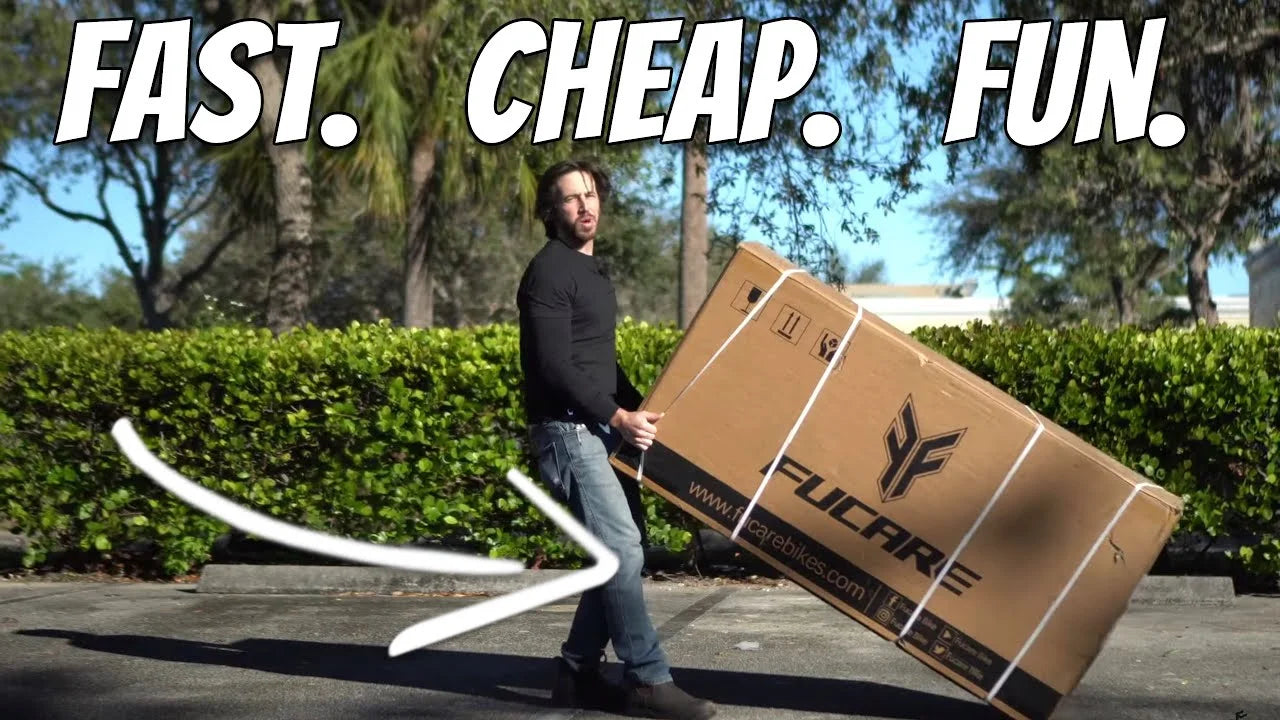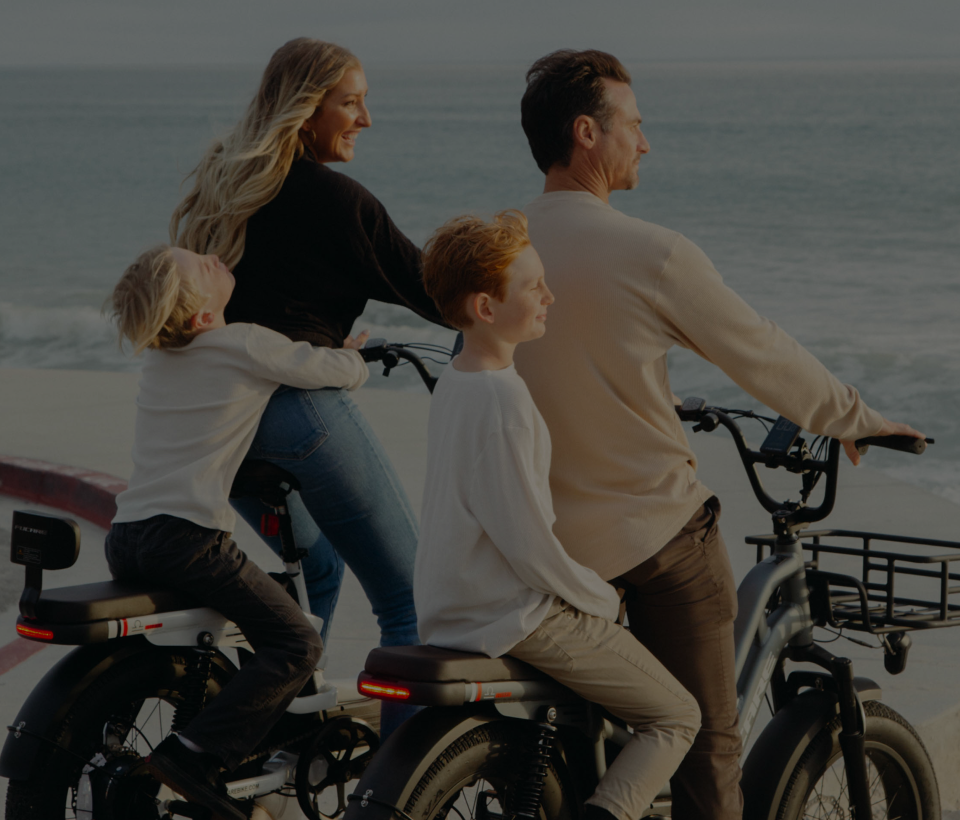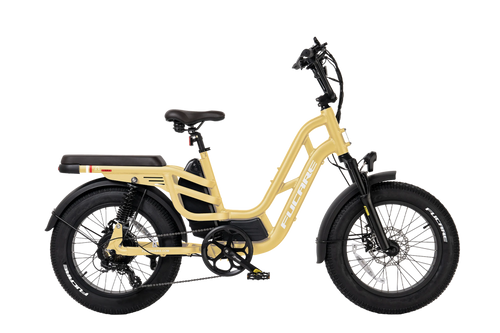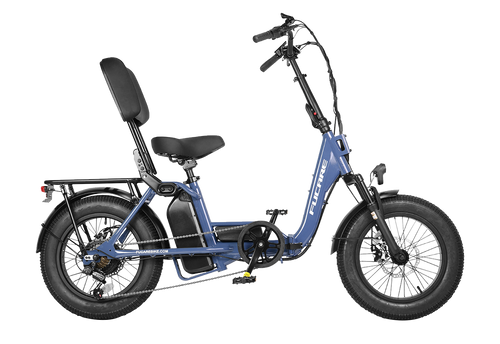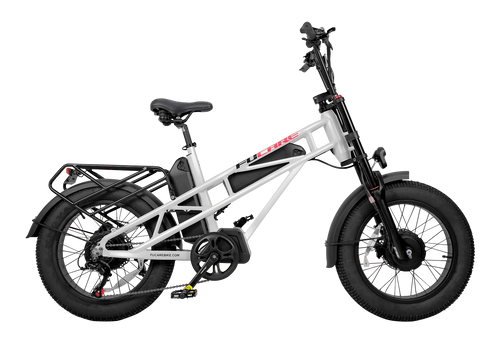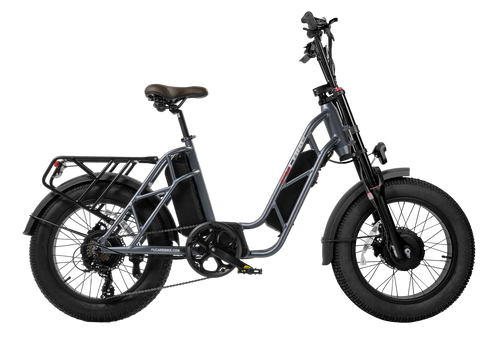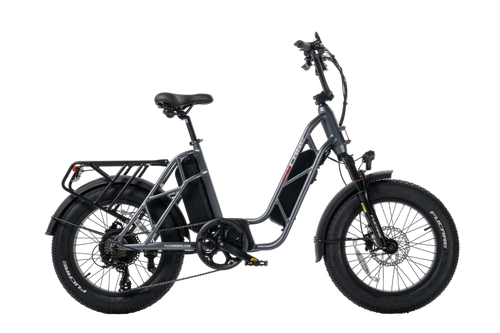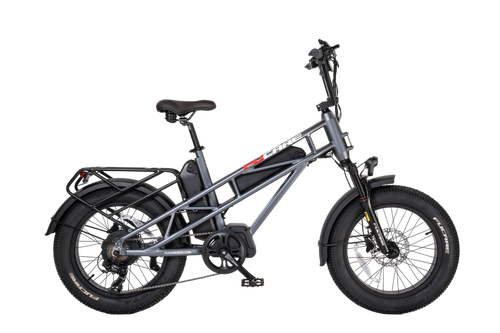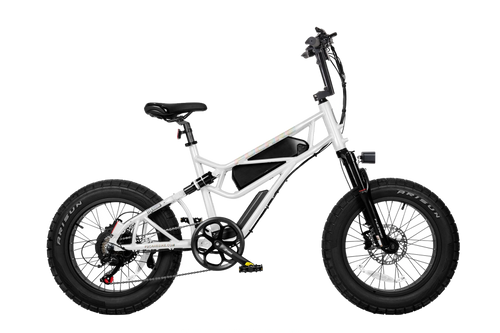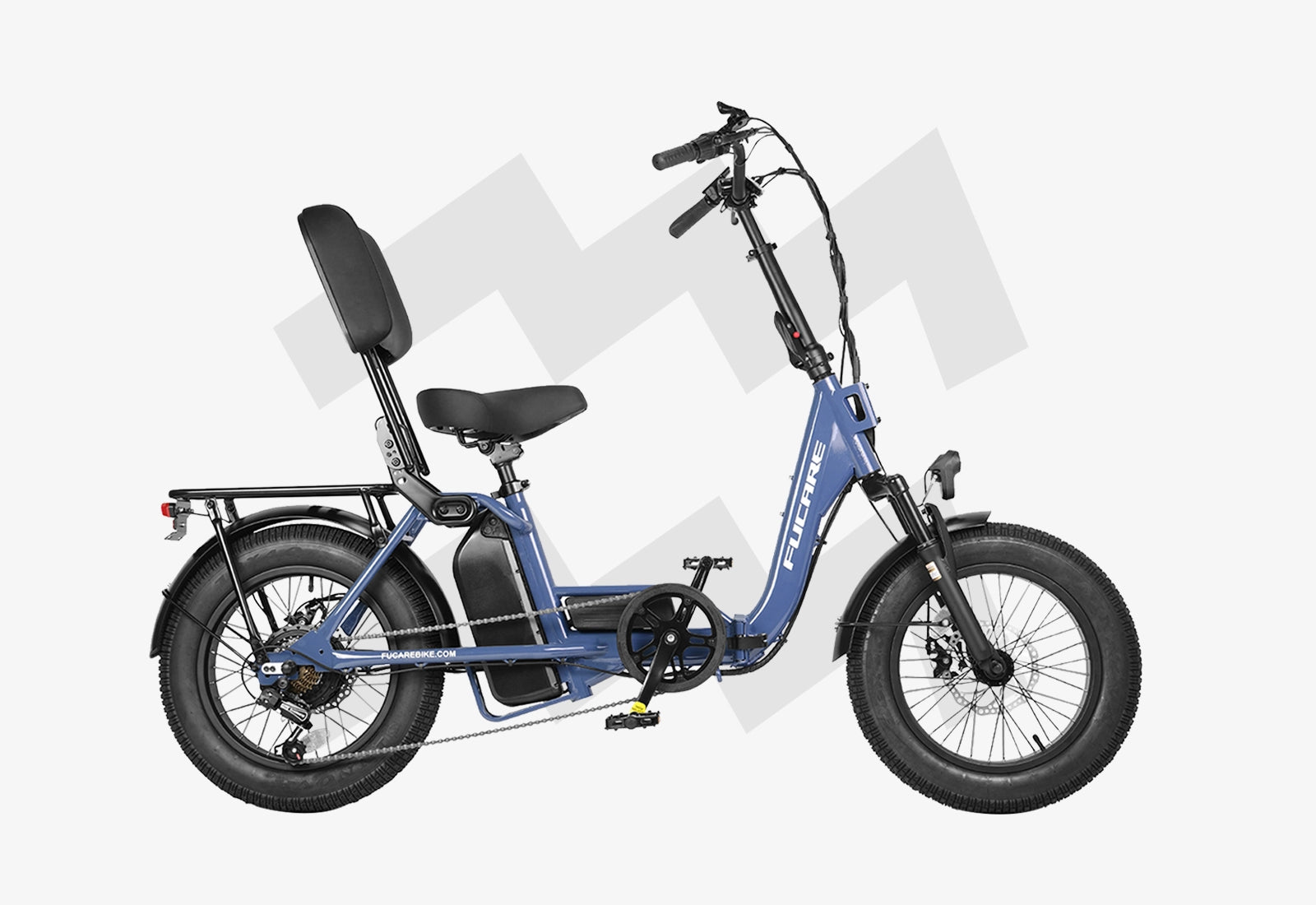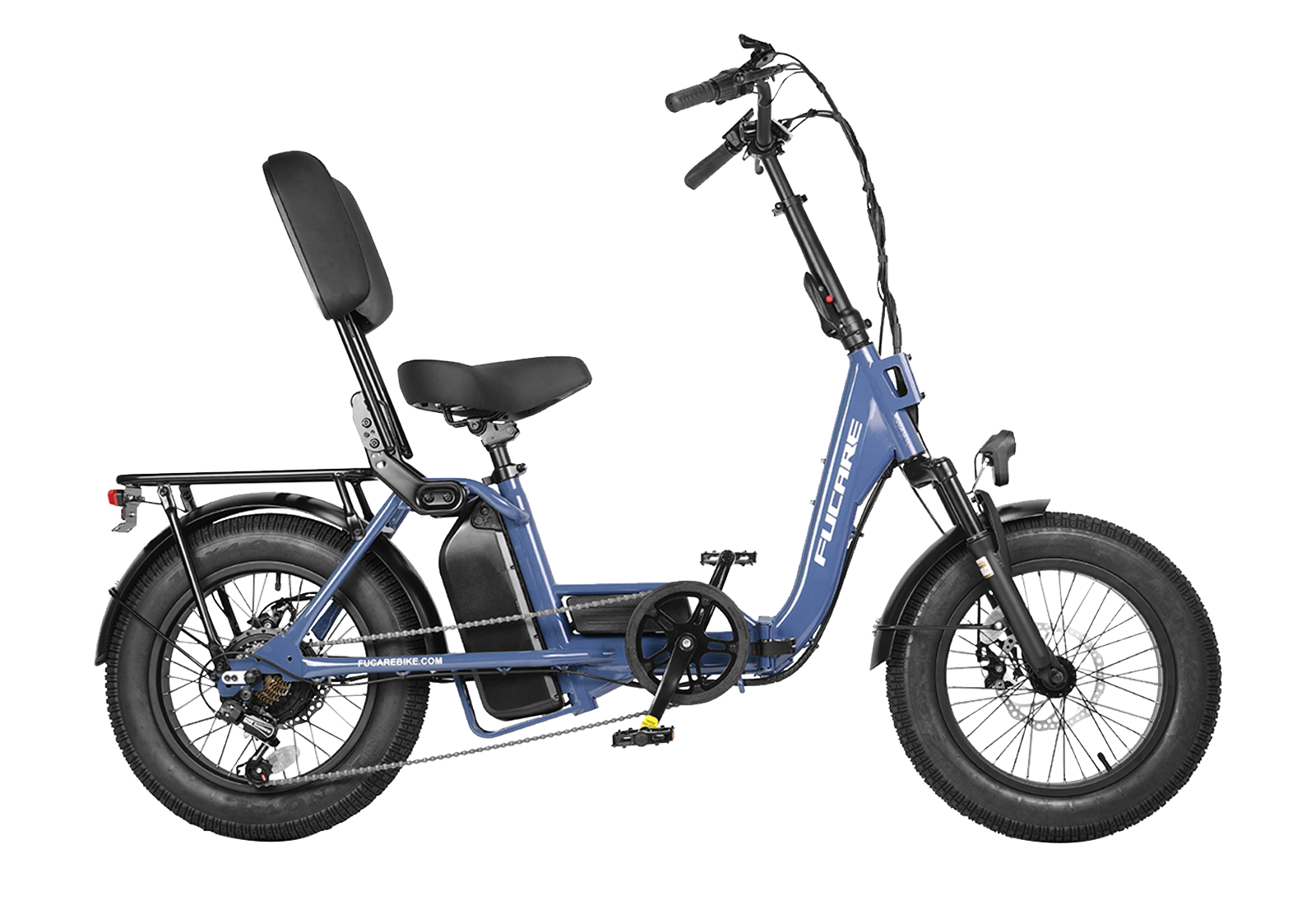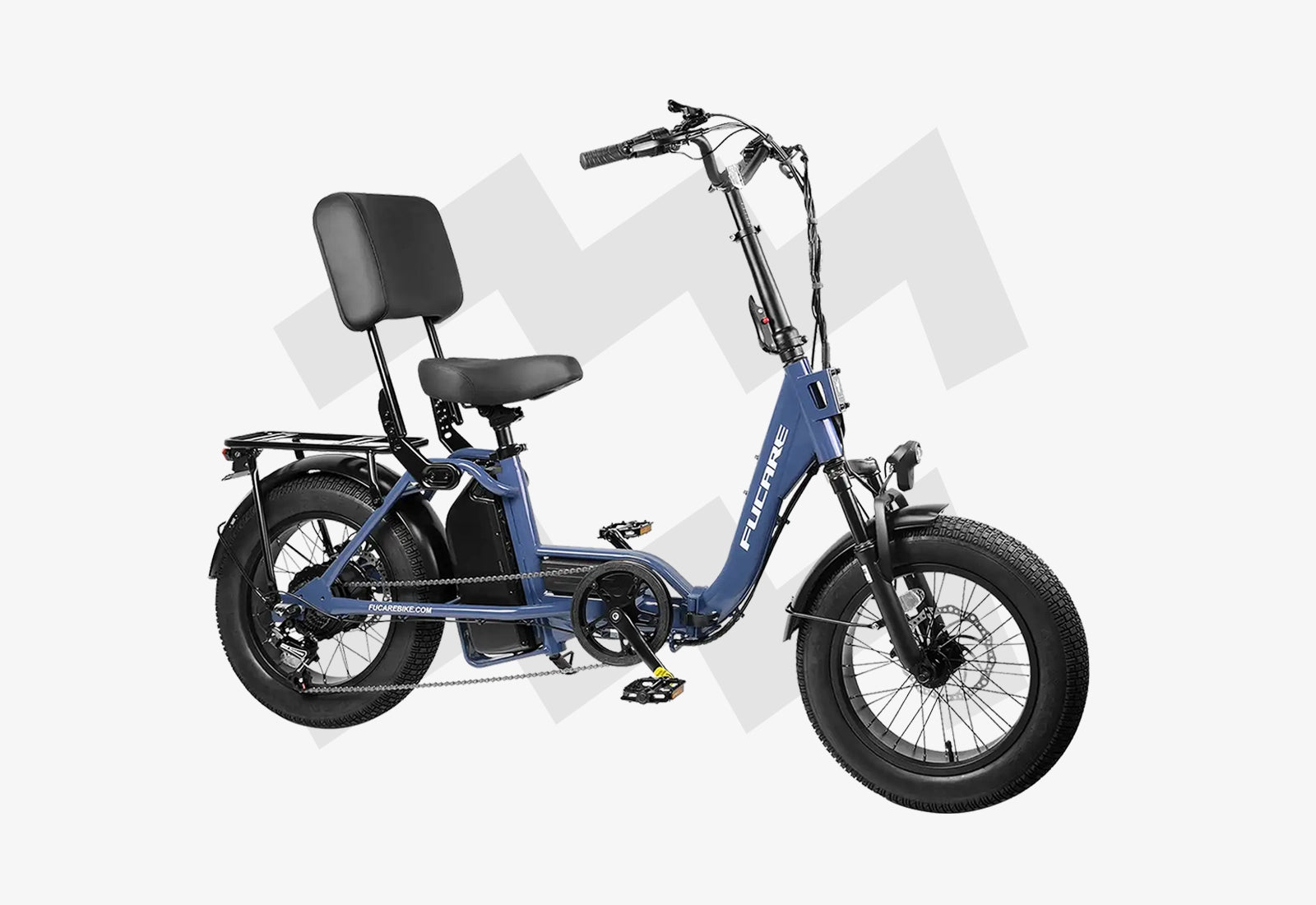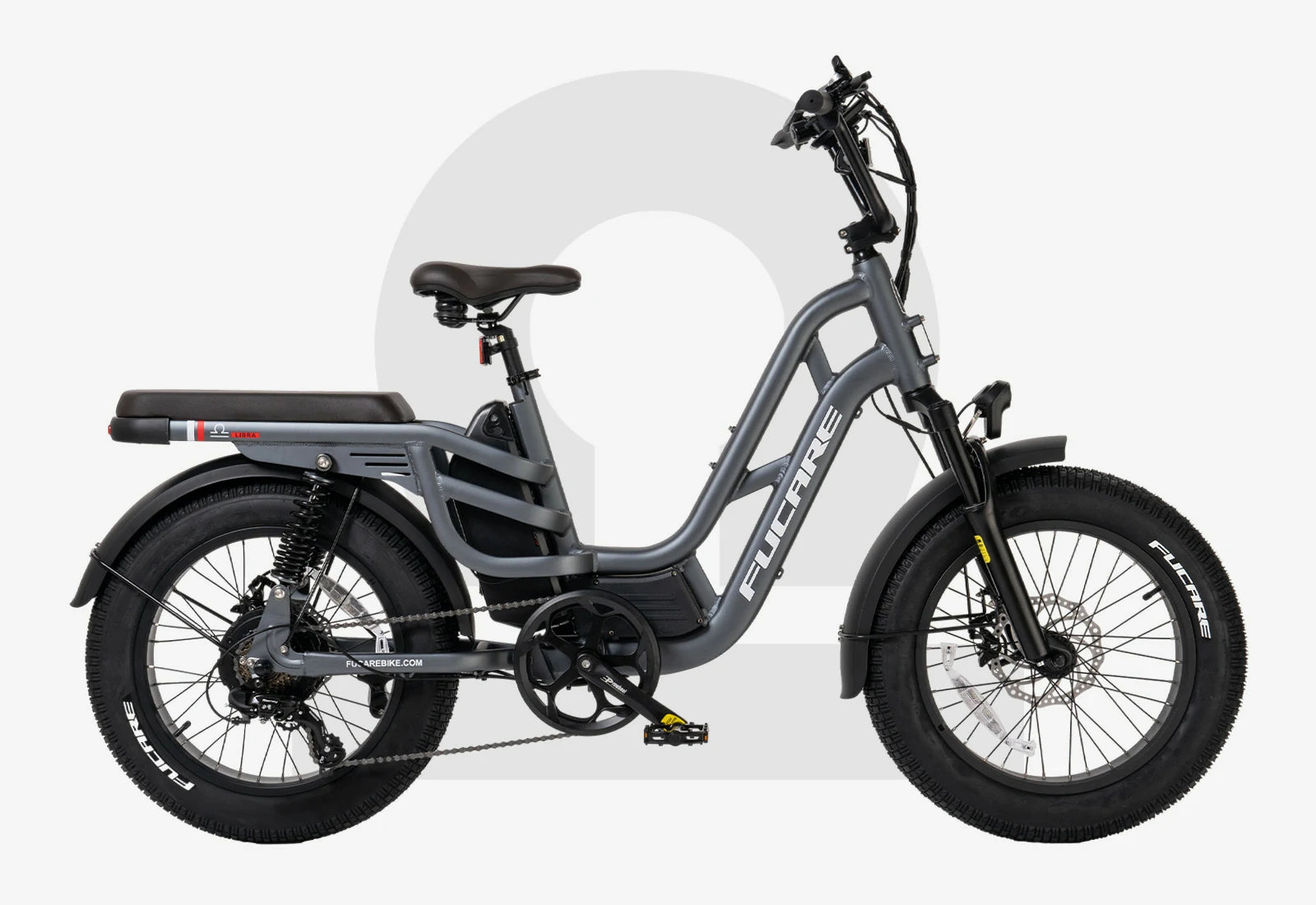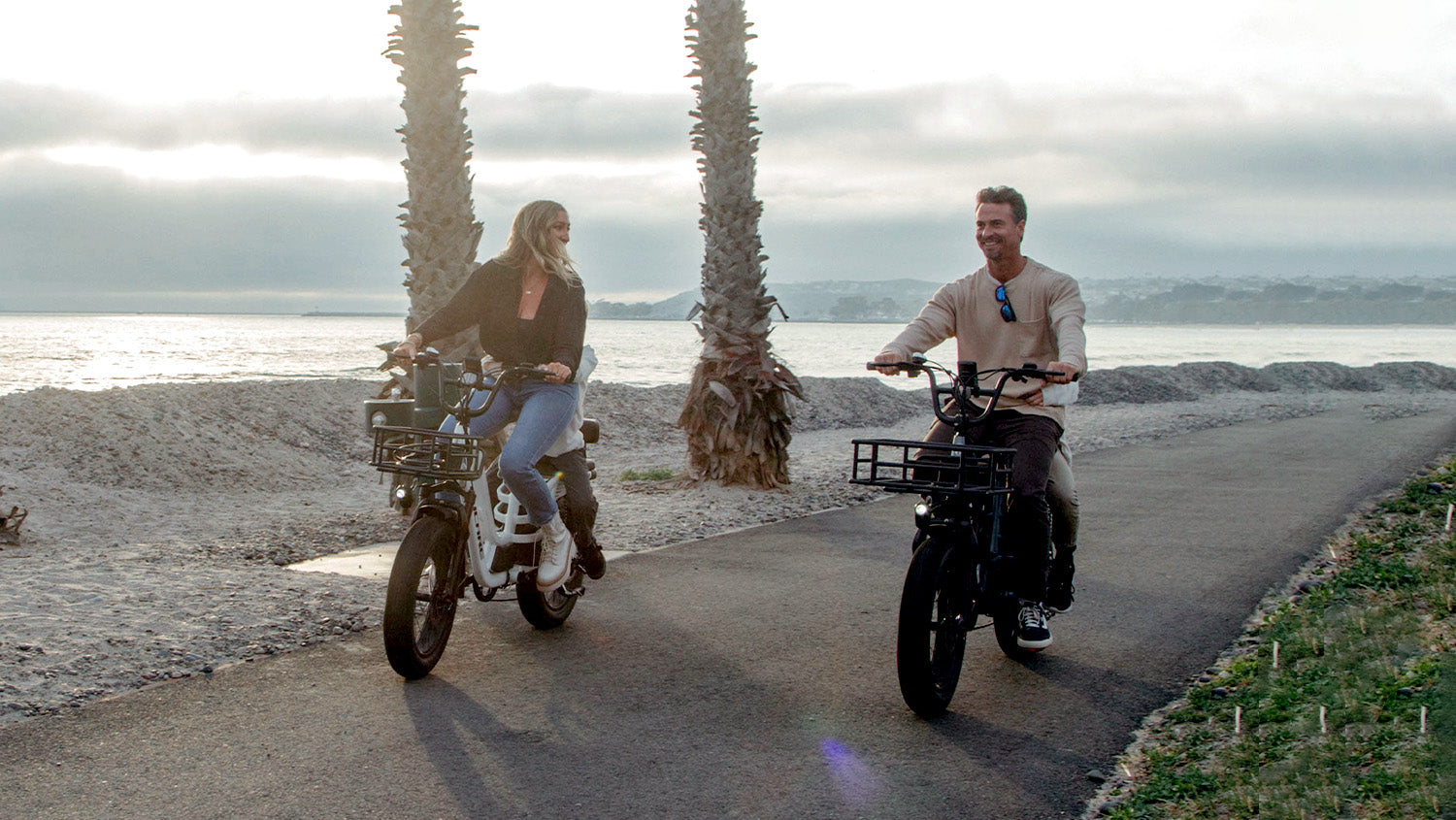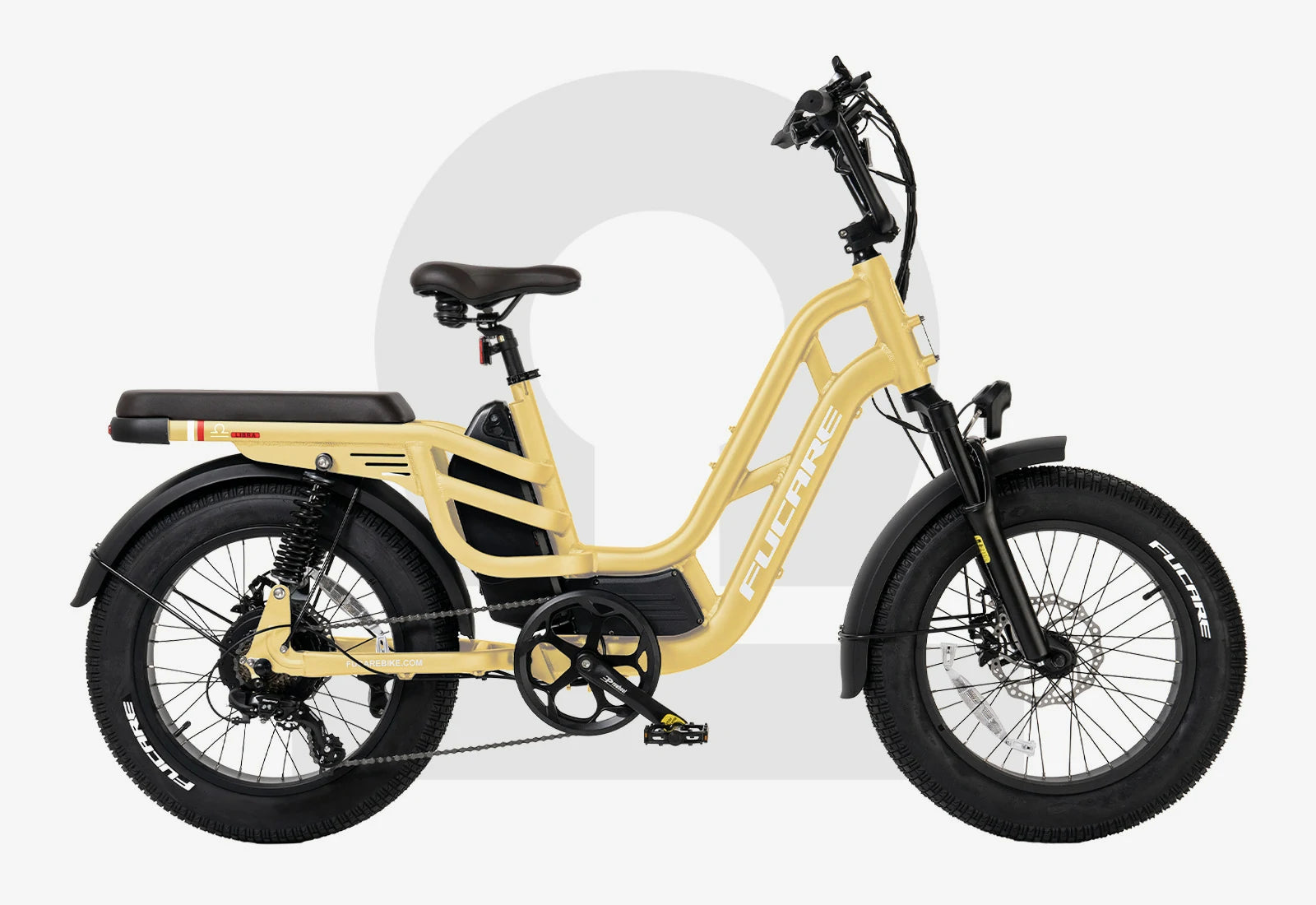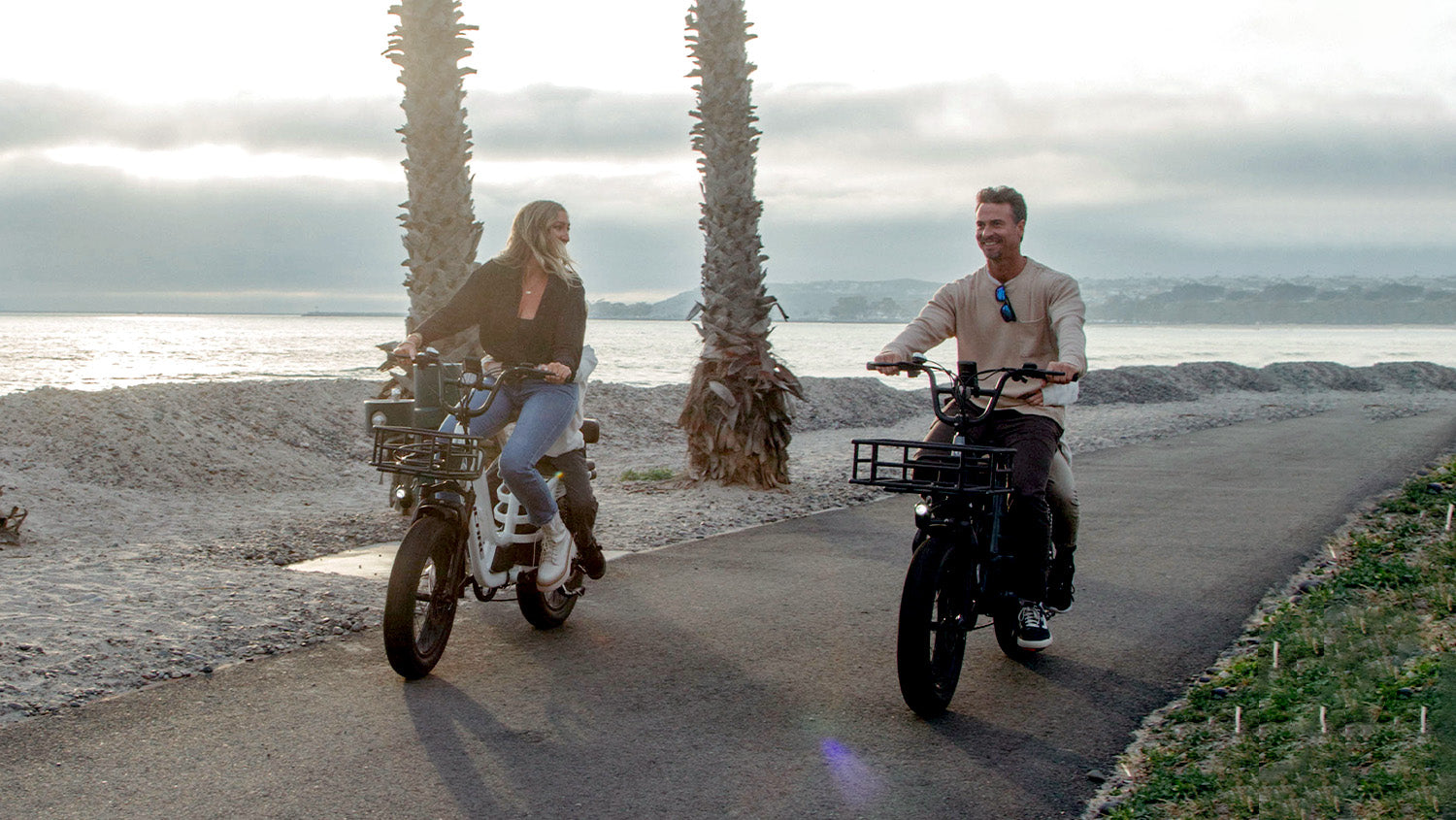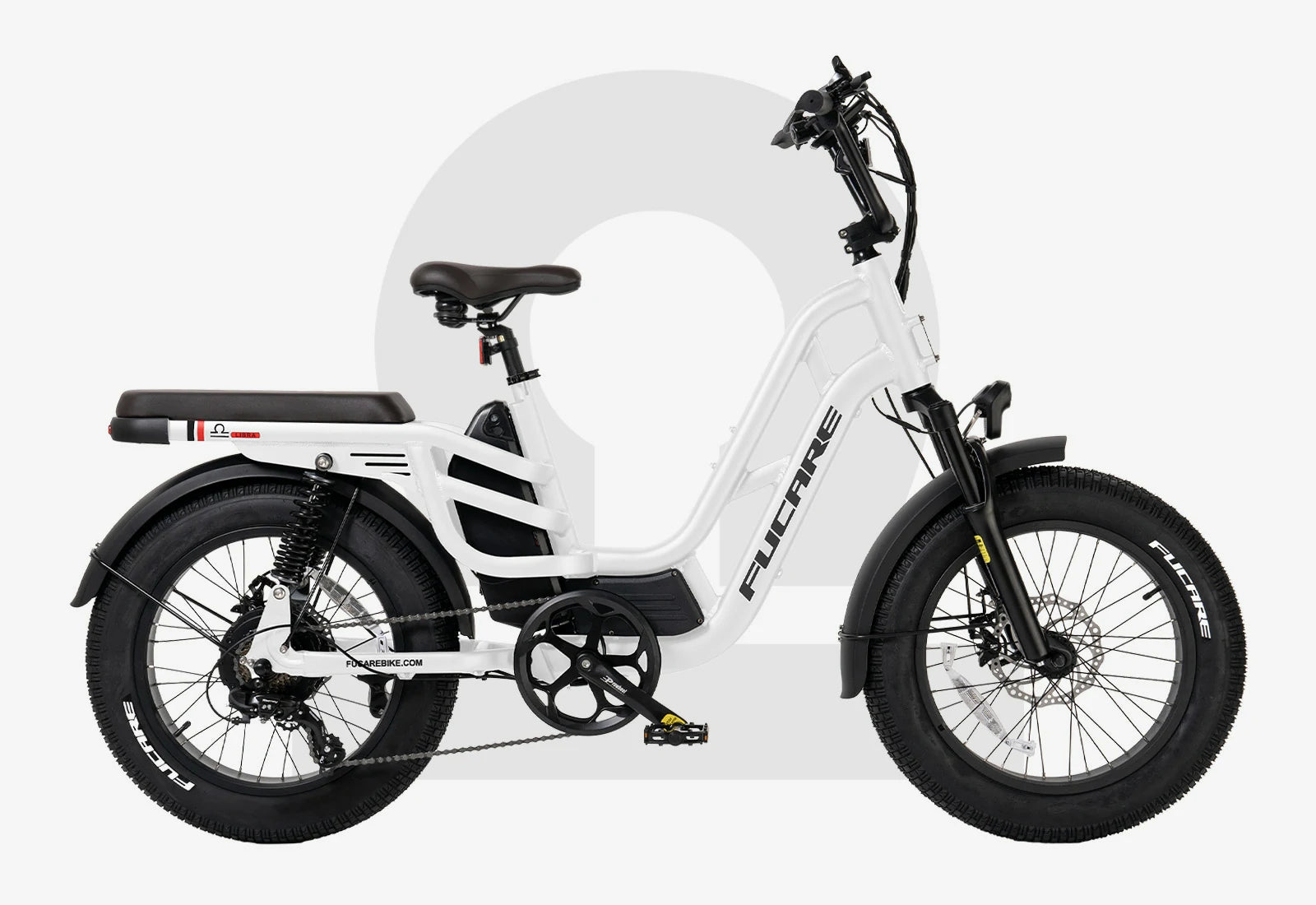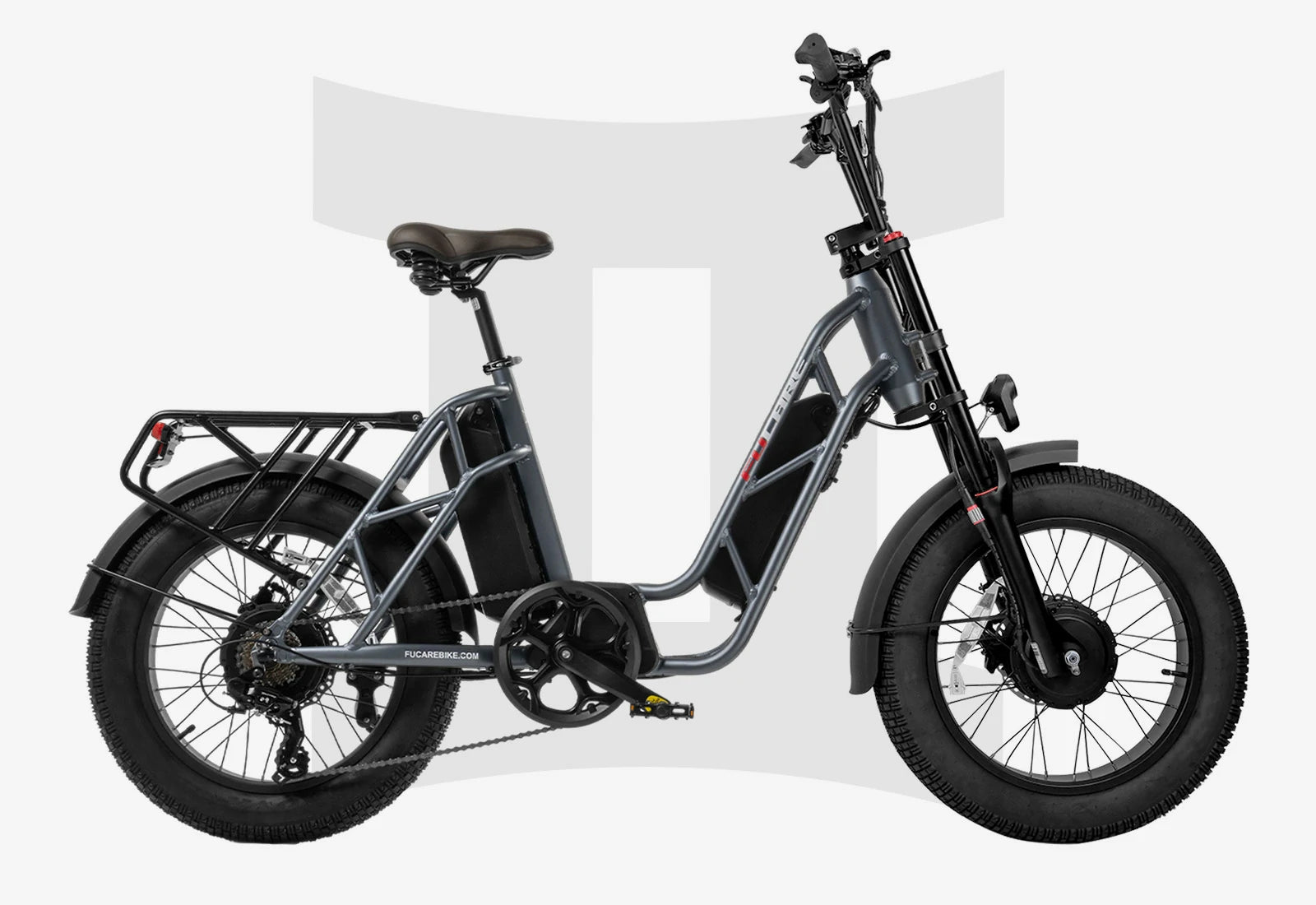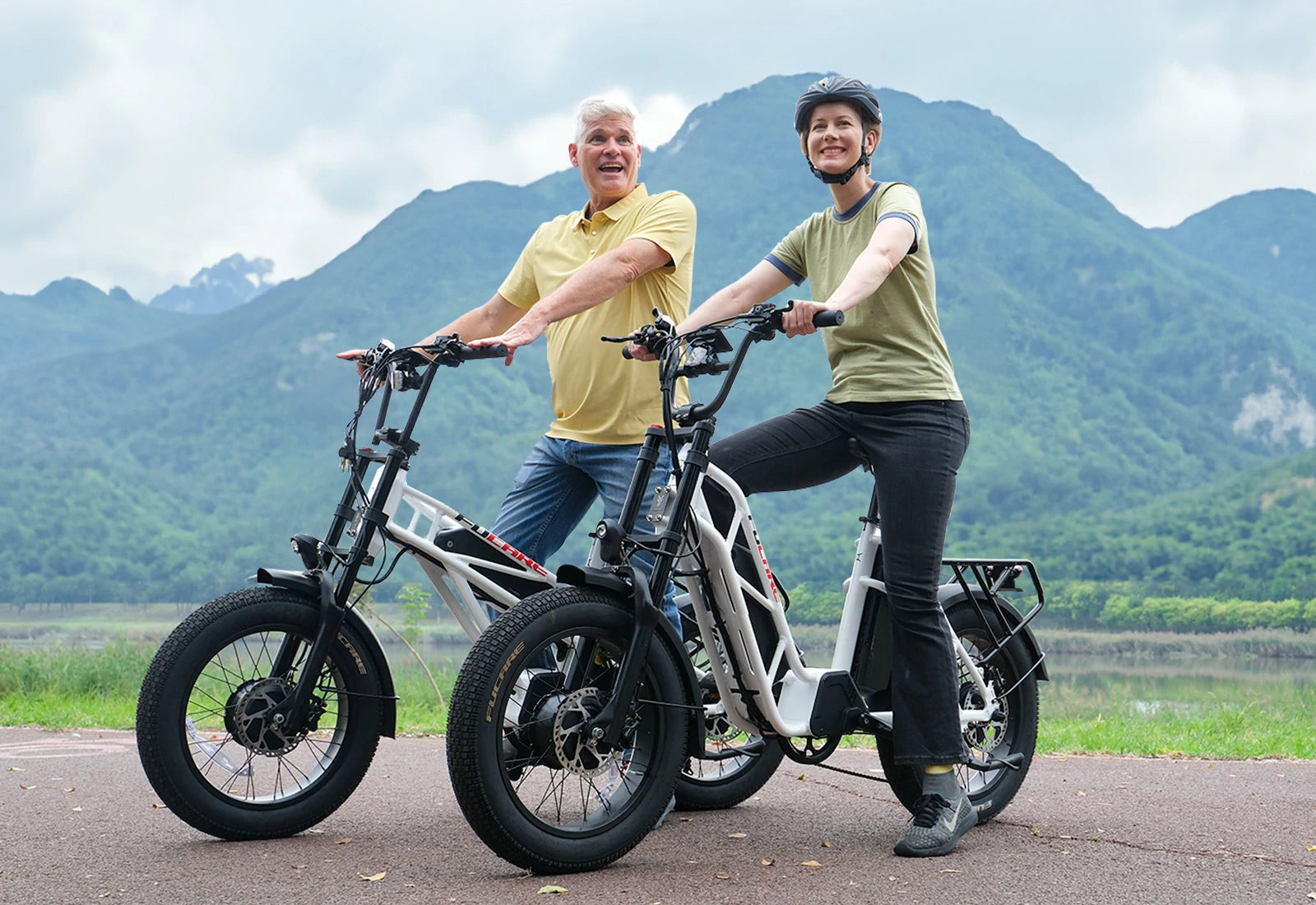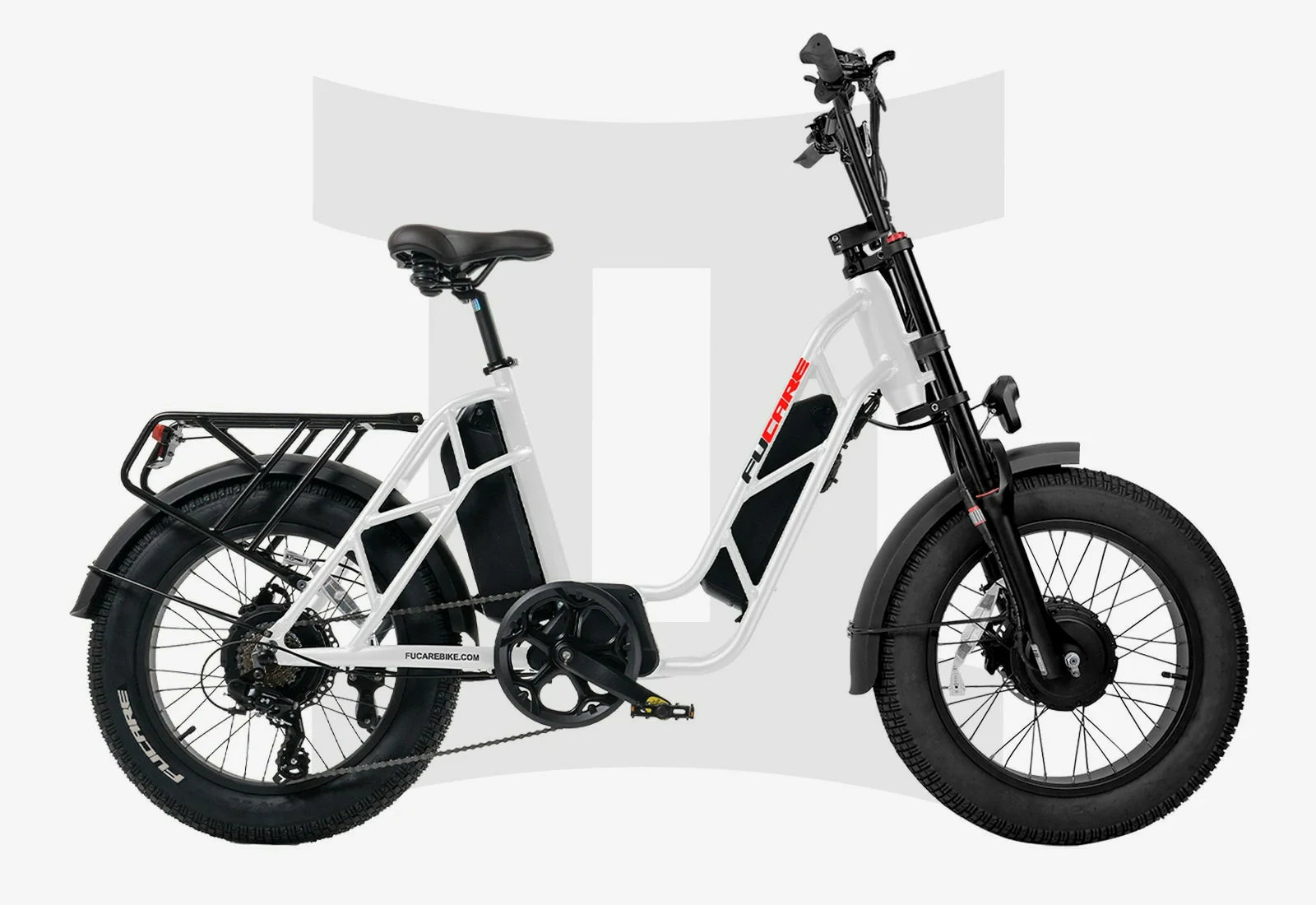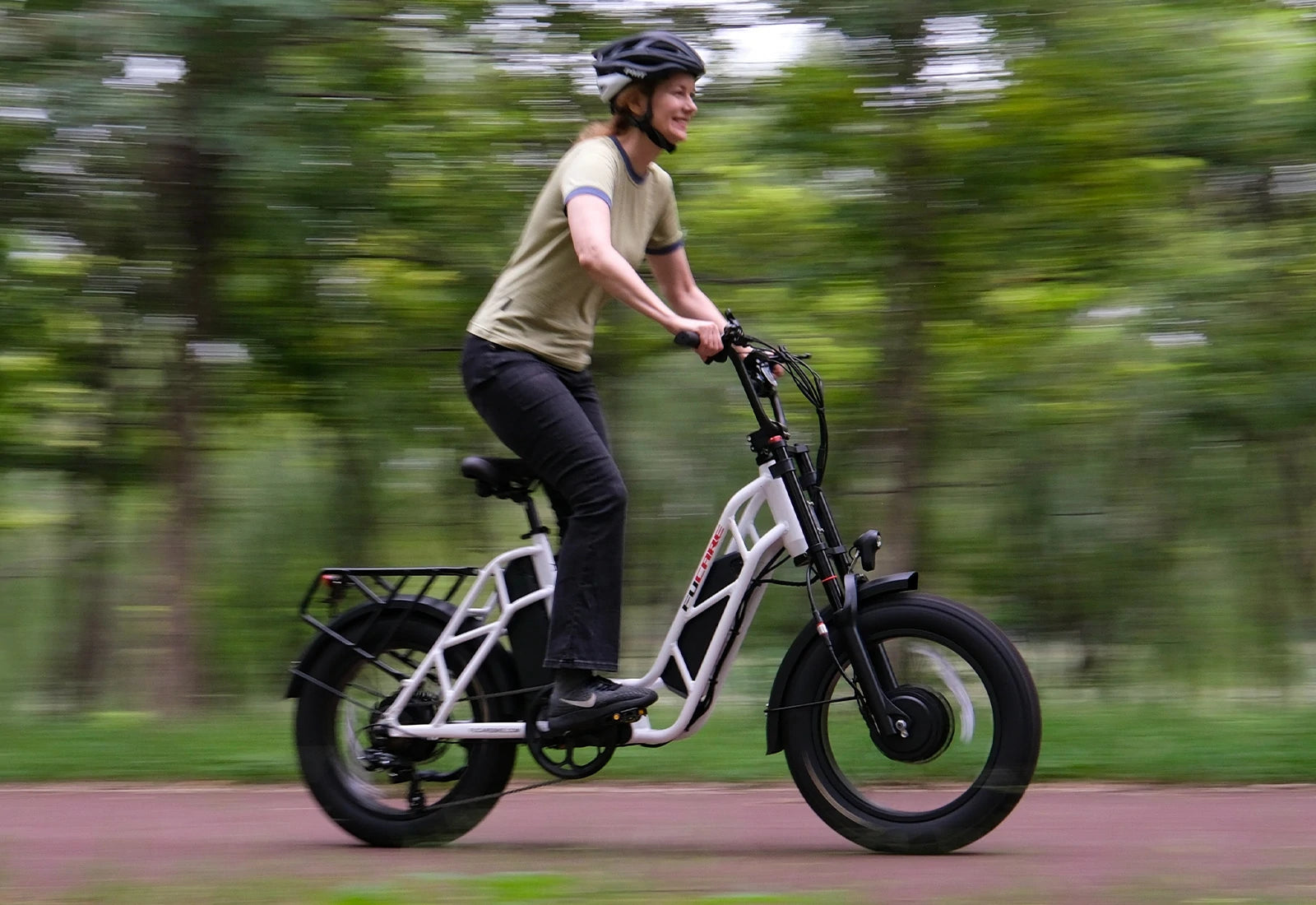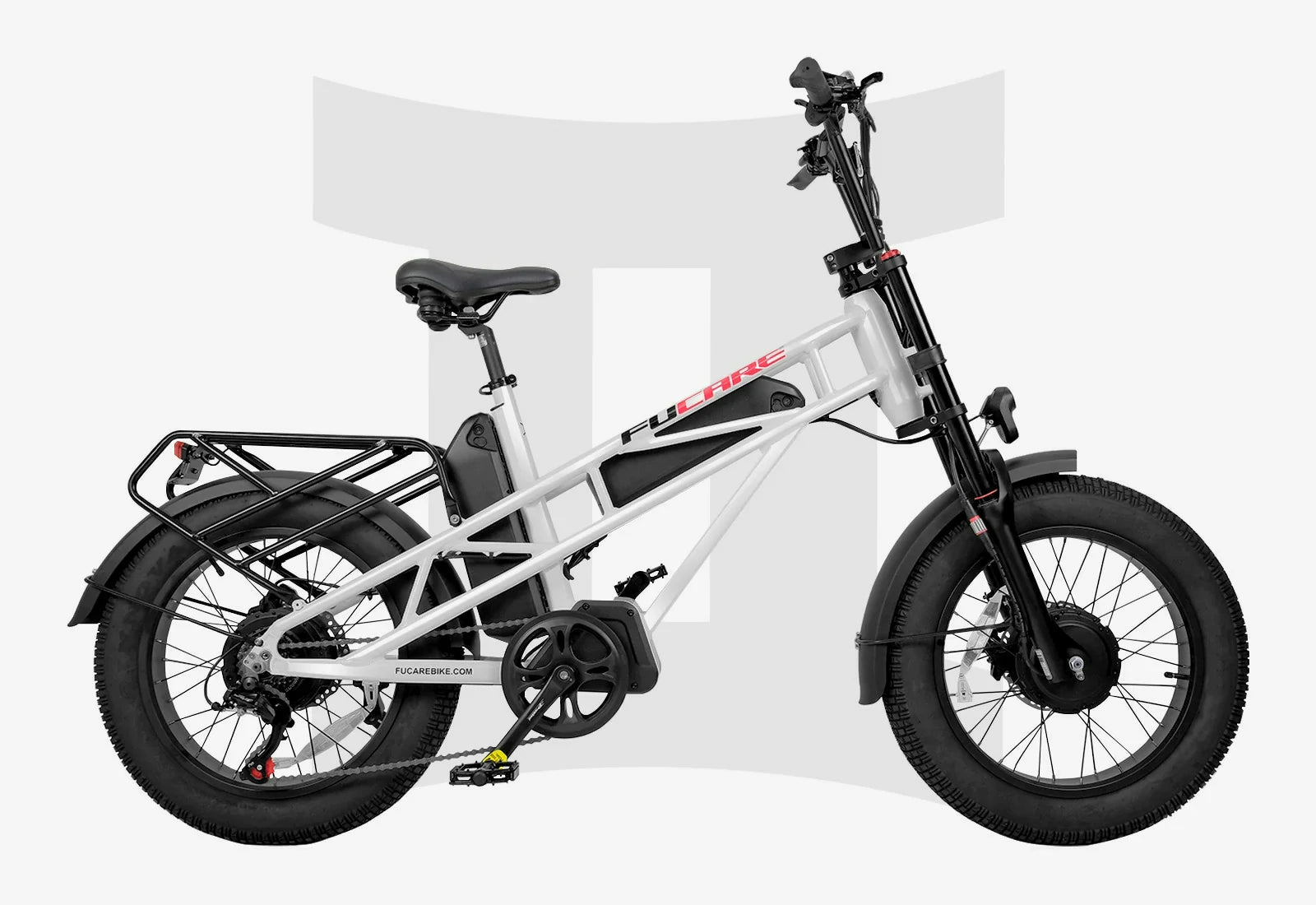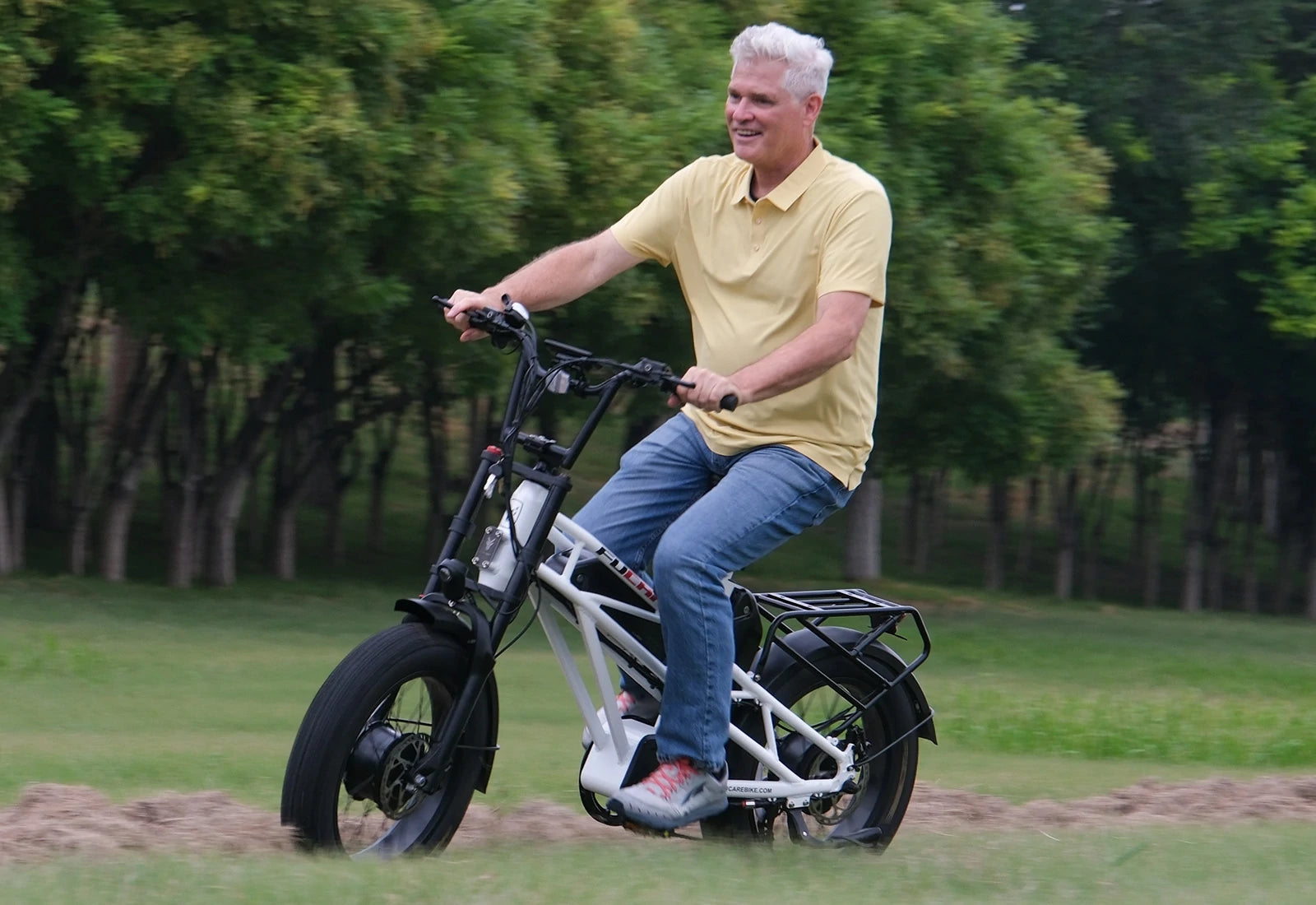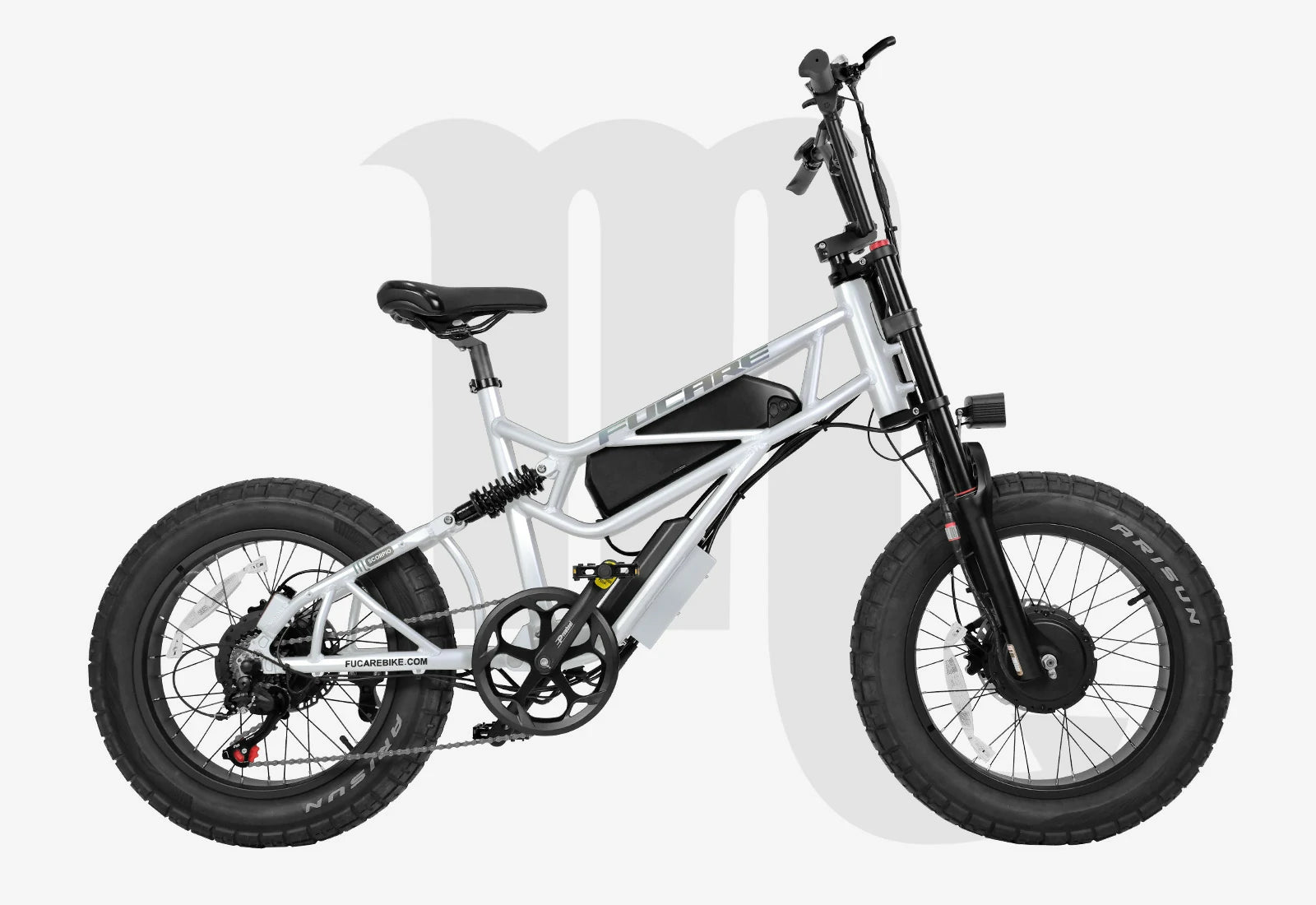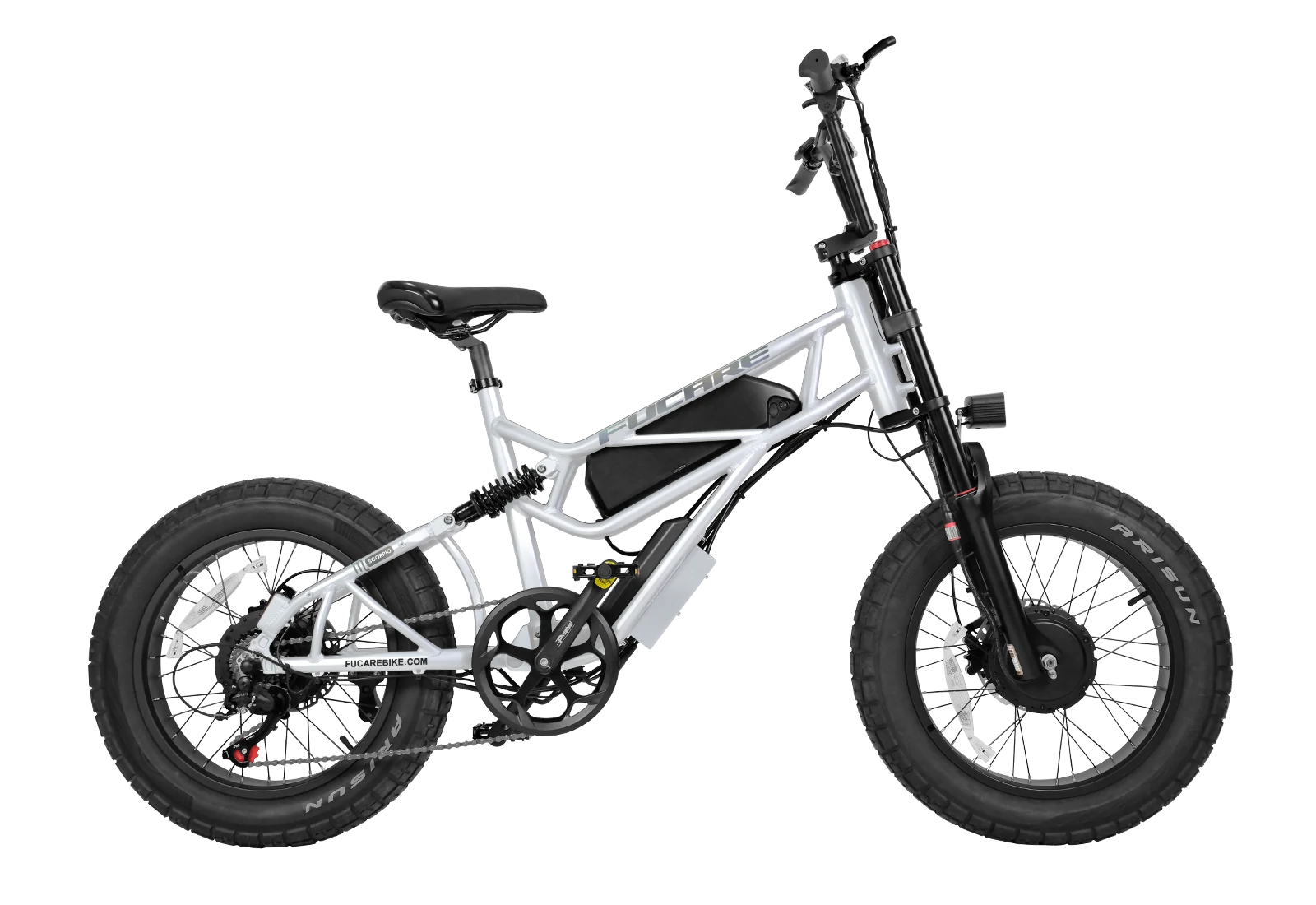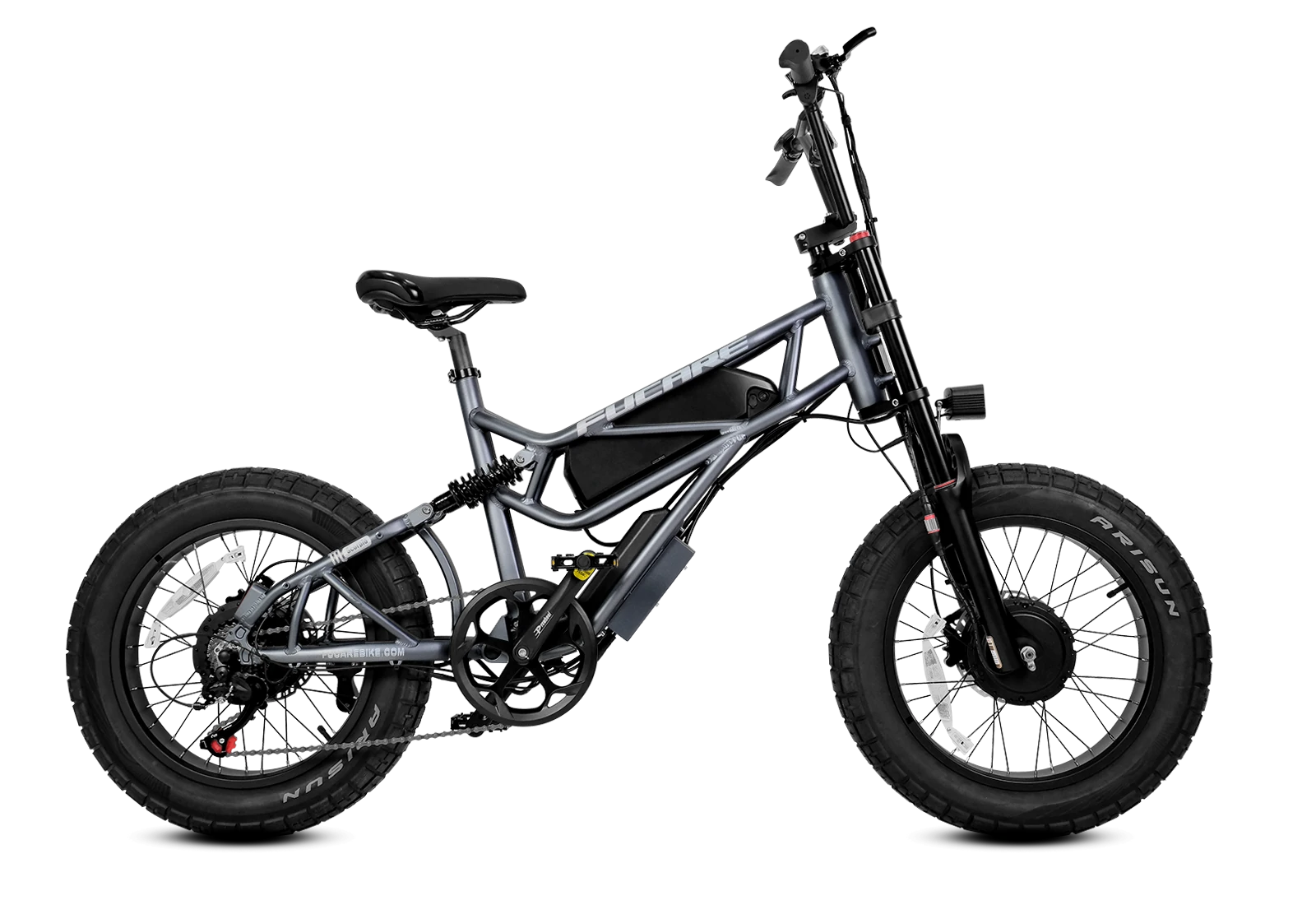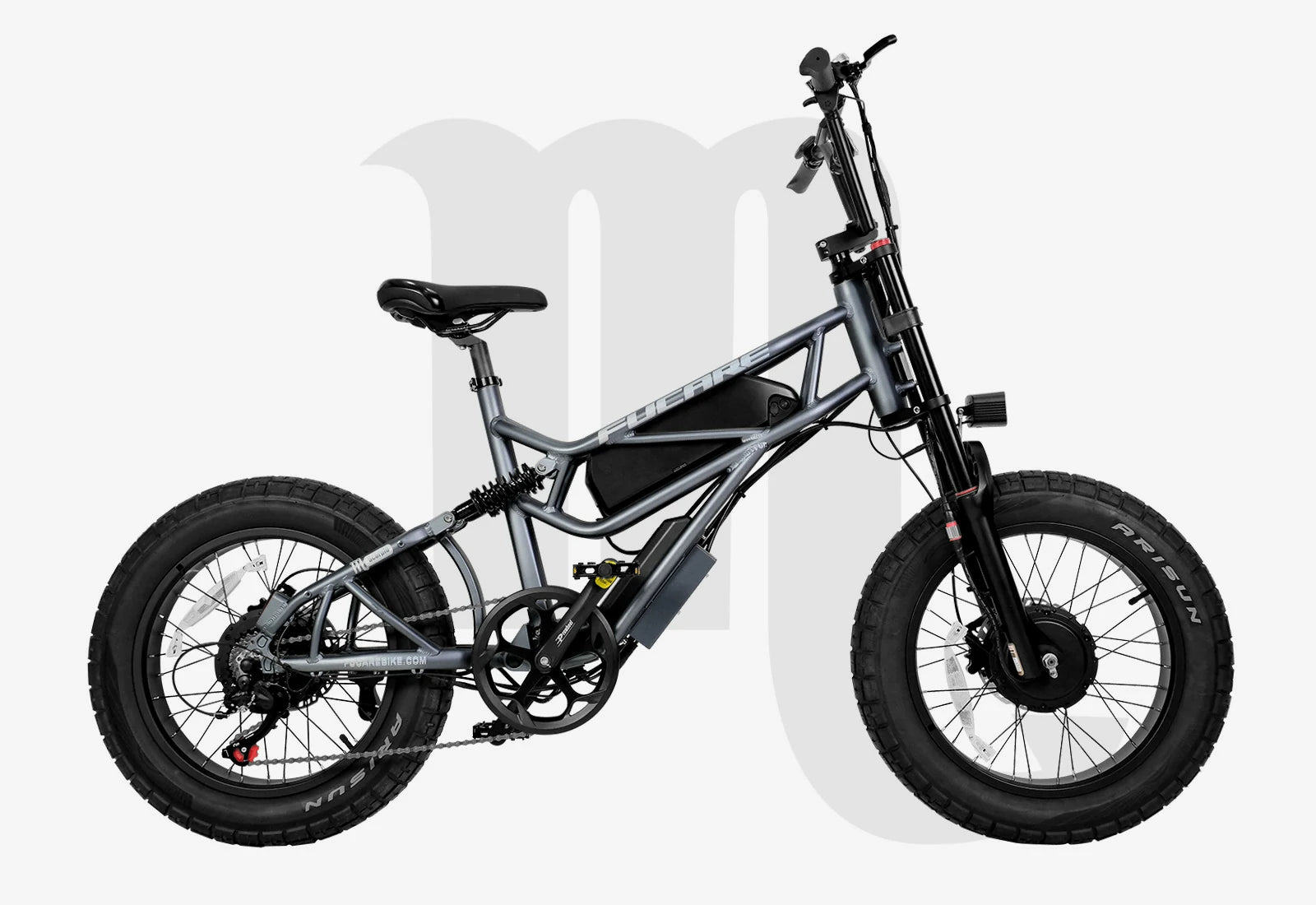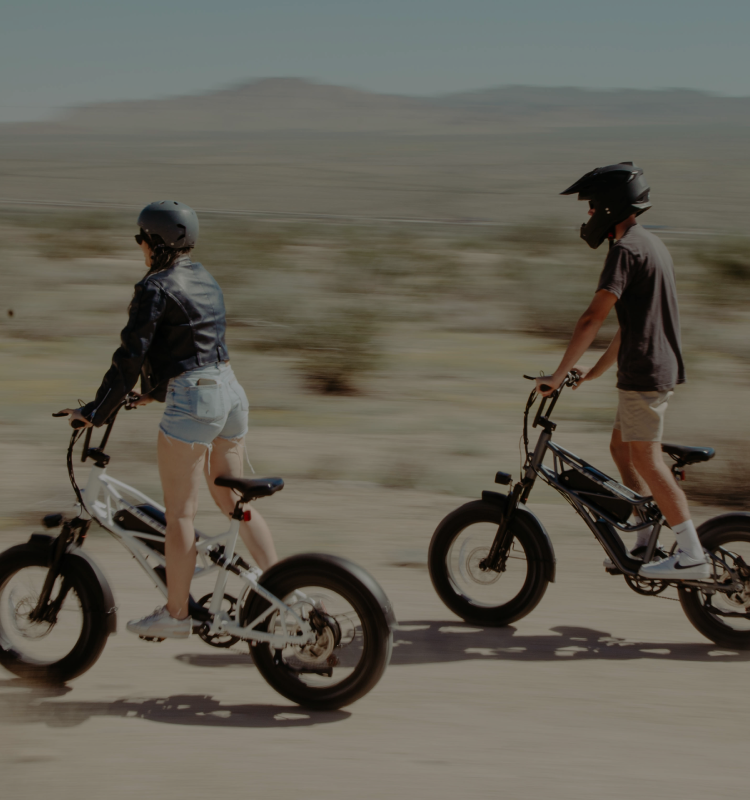Electric bikes have become increasingly popular in recent years, offering an eco-friendly and enjoyable way to commute or explore. But with a wide range of models available, figuring out how much is an electric bike cost can be tricky. This guide will delve into the factors that influence e-bike prices and explore the different categories to help you find the perfect balance between budget and features.
How Much Does An Electric Bike Cost?
Electric bikes typically cost between $800 and $2,500, with the average expenditure being about $1,500.. Entry-level models are under $1,000, mid-range bikes cost between $1,000 and $2,000, and high-end models exceed $2,000. Although it's possible to acquire an e-bike for under $500, these are generally not recommended.
Detailed Cost Analysis
While the upfront price tag is a factor, there's more to consider than just the sticker price.
To ensure a safe and comfortable ride, you'll need a few essential accessories. The average costs for these items are as follows: a helmet typically costs around $50, a lock also averages $50, and racks or bags usually cost about $75. Therefore, the total cost for these essential accessories amounts to $175.
Owning an e-bike also involves additional expenses, including maintenance and charging.
Just like any vehicle, e-bikes also require regular care to maintain their optimal condition. They usually require annual tune-ups, new tires, and brake pads. These checkups typically cost between $75 and $120.
The battery, has a lifespan. After 700 to 1,000 charging cycles(every 2-5 years on average), you'll likely need a new one. Battery replacements can range from $350 to over $800.
The good news? Charging an e-bike battery is very affordable. To calculate the charging cost, you'll need to know your battery's watt-hours (Wh) and your local electricity rate per kilowatt-hour (kWh). It's typically very affordable, with a single charge costing just pennies.
For example, a common 48V 15Ah battery has 720Wh, which translates to 0.72kWh. With an average electricity rate of $0.1345 per kWh (US), a full charge would cost around $0.1.
Read more: How Much Does It Cost To Charge An Electric Bike?
Empowering yourself with basic e-bike maintenance skills can save you money in the long run. Simple tasks like cleaning, lubricating the chain, and checking tire pressure can be done easily. Learning basic repair skills for tasks such as brake pad replacement or tire patching can significantly reduce maintenance expenses.
Use timers to charge your e-bike during off-peak electricity hours, or consider investing in a solar charger for a more sustainable option.
And don’t forget, e-bikes come with a warranty. Generally, e-bike companies offer comprehensive warranties ranging from one to two years. Choosing a brand( just like Fucare) with a strong warranty demonstrates their confidence in their product's quality.
Comprehensive Cost Analysis
While there's no one-size-fits-all formula, consider this:
Total Cost of Ownership (TCO) = Upfront Cost + Charging Costs + Maintenance Costs
To provide a clearer picture, let’s break down the overall cost of owning an e-bike over a typical five-year period:
Upfront Cost: $1,500 (example mid-range Ebike Price)+$175 (Accessories) = $1675
Charging Costs: Annual cost: 20 charges/month * 12 months * $0.10 * 5 years = $120
Maintenance Costs: $100(General Tune-ups Annual cost) * 5 years + $600(Battery Replacement Average cost) = $1100
Total Cost of Ownership (TCO) = $1675 + $120 + $1100 = $2895
Key Factors Influencing E-Bike Costs
Motor: The rated power of the e-bike's engine significantly influences the maximum velocity it can reach. A more powerful motor translates to smoother performance and conquering inclines with ease. Additionally, many e-bikes boast 3 to 4 assist levels, ranging from battery-saving "Eco" mode to a zippy "Speed" setting, ensuring a comfortable ride for every terrain. However, engines that deliver higher velocities demand a higher price tag.
Battery: Reflect on the maximum distance you plan to cover on a single charge. If venturing farther is your priority, opt for a battery with a higher watt-hour capacity (calculated by multiplying voltage and amp hours). Naturally, a superior battery specification necessitates a higher investment.
Frame: The variability in e-bike pricing can also be attributed to the frame’s weight and the type of materials used. It’s a common misconception that more durable frames must be heavier. On the contrary, many manufacturers invest in developing light yet sturdy frames with aerodynamic designs, which usually command a higher price due to their complex manufacturing process.
Accessories: E-bikes can be decked out with all sorts of bells and whistles, from fancy smart displays to integrated lights and even built-in baskets. While these features can enhance your riding experience, they also contribute to the overall cost. Additionally, it’s worth noting that some bikes might not come with pedals included, requiring a separate purchase. For riders who prioritize affordability over extensive features, a basic e-bike with a clear display showcasing speed and battery level might suffice.
The motor's location: Mid-drive motors, nestled near the pedals, tend to be pricier. This placement offers superior torque, making them ideal for mountain bikes conquering treacherous climbs. Rear hub motors, nestled snugly in the rear wheel, are fantastic for casual cruising around town and tackling moderate hills on roads or paths. If scaling mountains isn't your primary goal, a rear hub motor is a budget-friendly option that delivers ample power for your adventures.
E-Bikes Under $1,000
New to the e-bike world? Dipping your toes in with a sub-$1,000 option is a smart move. These bikes offer a comfortable learning curve without sacrificing core functionality. You'll still get a dependable battery, a motor with decent speed, and all the essential components for a great e-biking experience.
The key takeaway? Affordability doesn't have to mean sacrificing performance. That said, it's important to manage expectations. Scaling steep mountains might be a challenge, but these bikes are perfect for eco-friendly commutes or leisurely weekend rides. Resist the urge to go ultra-cheap – avoid e-bikes under $500 that may have unreliable batteries or weak motors.
Fucare Libra is arguably one of the best picks on the market when it comes to ebikes below $1000.
This e-bike boasts a 750W motor, enabling speeds up to 28mph. It features cadence sensors for pedal assist, making for a smooth riding experience. With a reinforced double-tube and step-thru design, Libra caters to a wide audience. The unique Stability Triangle design further fortifies the frame.
Another compelling feature is the Libra's full suspension system, which ensures a continuous and comfortable response to varying terrains. 960 Wh battery with Samsung cells, ensuring extended range on a single charge.
Check Out Fucare Libra Ebike
Ebikes Between $1,000-$2,000
The magic range for most riders falls between $1,000 and $2,000. In this sweet spot, you'll find a plethora of fantastic e-bikes designed for comfort and versatility. These models aren't restricted to city streets – they can handle hillier terrain with ease. Bikes in this range often boast motors with more torque and power, making conquering inclines a breeze. Battery capacity and overall speed also increase, ideal for venturing further on your adventures.
Looking to explore diverse terrains? Mid-priced e-bikes often come equipped with high-quality tires that can handle anything from sand and mud to snow-covered trails. Consider a capable fat-tire bike that can double as a mountain bike, opening up even more off-road possibilities.
The bottom line? E-bikes between $1,000 and $2,000 offer the best of both worlds: conquering daily commutes, running errands, and embarking on epic adventures.
The Fucare Gemini X stands out in the $1,000-2,000 e-bike category with its unique frame design and dual batteries. This combination translates to impressive range and power. The dual batteries with a combined 1440 Wh capacity offer an estimated range of 40 miles on full throttle and up to 80 miles on pedal assist mode, letting you conquer your daily commute without worrying about constantly recharging. The 750W motor provides strong acceleration and tackles hills with ease.
But the Fucare Gemini X isn't just about power. The unique frame design with multiple triangular shapes creates a strong and stable platform, capable of supporting up to 400 lbs. Hydraulic disc brakes ensure confident stopping power in all weather conditions, while the front suspension and trellis-style chassis soak up bumps for a smooth ride. An adjustable seat post allows you to find a comfortable riding position, making every ride enjoyable.
With its long range, comfortable ride quality, sturdy build, and feature-rich design, the Fucare Gemini X is a compelling option for riders seeking a stylish and practical e-bike. It's a great choice for urban commuting and light off-road adventures.
Check Out Fucare Gemini X Ebike
E-Bikes Above $2,000
If you're a serious rider with specific needs, e-bikes exceeding $2,000 are the ultimate machines. These top-of-the-line models boast powerful motors that deliver exceptional torque and muscle, allowing you to achieve impressive speeds. Their extended-range batteries ensure you can ride further on a single charge, justifying the higher price tag.
Think of these e-bikes as catering to a professional rider. The price might seem hefty, but you're getting exceptional value for your money. So, if your budget allows, splurging on a high-end e-bike can meet virtually any riding demand.
Final Words
Selecting the ideal electric bicycle can seem daunting, yet with your new understanding of what an e-bike might cost, it becomes a much simpler decision. Ensure that your budget is well-prepared for this purchase. Invest in the finest model within your financial reach and remember to allocate funds for ongoing expenses like charging and upkeep. Eager to add some excitement to your routine? Consider beginning with the Fucare Scorpio, our cost-effective, full-suspension fat tire electric bike!

